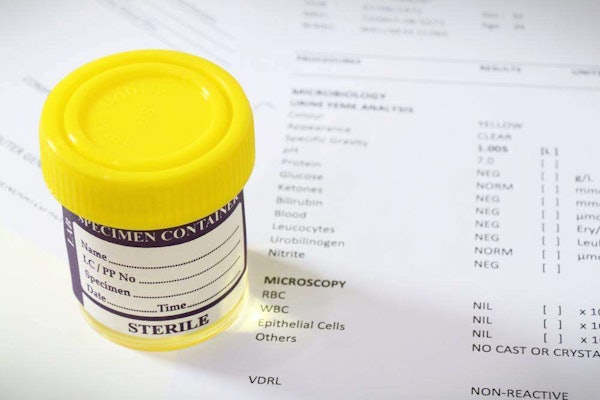For drivers whose companies don’t offer health insurance and many owner-operators and small fleet owners, the private, individual policy market has been difficult because of expensive policies and exclusion for pre-existing conditions. Relief for some may be available beginning July 1.
The U.S. Department of Health and Human Services is developing a national high-risk pool for people considered uninsurable by insurance providers. The agency said it would begin taking applications July 1 from individuals in 19 states that had not applied to administer the national pool themselves. Establishing the national HRP in those states could take longer, HHS said.
Under the national health care reform bill passed earlier this year, by 2014, it will become illegal for insurance companies to deny anyone coverage based on a medical condition. Until then, the nationwide HRP will be open to some uninsured people to obtain benefits.
The bill required the pool to be established by June 21. It specified those eligible to participate in it must be citizen or other legal resident who has been without coverage for at least six months and who has a pre-existing condition, such as diabetes, high-blood pressure or cancer.

Prior to the health care reform bill, 35 states already offered their own HRPs. A Government Accountability Office report in June 2009 revealed an average individual premium of $485 monthly for those state pools. Those premiums were an average 129 percent of standard market rates, which represents a potential savings of almost $110 monthly in premium costs for national HRP enrollees.
The national HRP stands to be a big benefit to high-risk residents of states like California, where there’s a waiting list of more than 1,000 for people wanting to enroll in the state HRP. Florida and Illinois’ comparable state pools also have waiting lists.
The GAO noted the average policy among state HRPs came with an annual deductible of $1,593, almost three times higher than the average employer-sponsored-plan deductible. The vast majority of state HRPs, noted GAO, came with lifetime limits to benefits averaging $1.6 million. While limitations such as these are characteristic of plans in the employer-sponsored market, they might well be considered typical of plans for high-risk individuals with turbulent medical histories.
For more information on applying: visit www.hhs.gov if you are in one of the 19 states not in the following list. If you are in one of these states, visit www.naschip.org and click link under “Member States” for a full list of state departments administering high-risk pools. When you call, be sure to ask about the national HRP, as it may be a more affordable option for you if you qualify.
For those enrolled in the national high-risk pool, out-of-pocket spending limits for 2010 will be $5,950 for individuals, $11,900 for families. That compares with the average yearly premium costs alone for enrollees in existing state high-risk pools of $5,820. If your state has its own HRP and you qualify for it and the national pool, compare key features, such as monthly premium, level of coverage, deductibles and provider network.
STATES ADMINISTERING NATIONAL HIGH-RISK POOL
Alaska, Arkansas, California, Colorado, Connecticut, District of Columbia, Illinois, Iowa, Kansas, Kentucky, Maine, Maryland, Massachusetts, Michigan, Missouri, Montana, New Hampshire, New Jersey, New Mexico, New York, North Carolina, Ohio, Oklahoma, Oregon, Pennsylvania, Rhode Island, South Dakota, Utah, Vermont, Washington, West Virginia, Wisconsin













